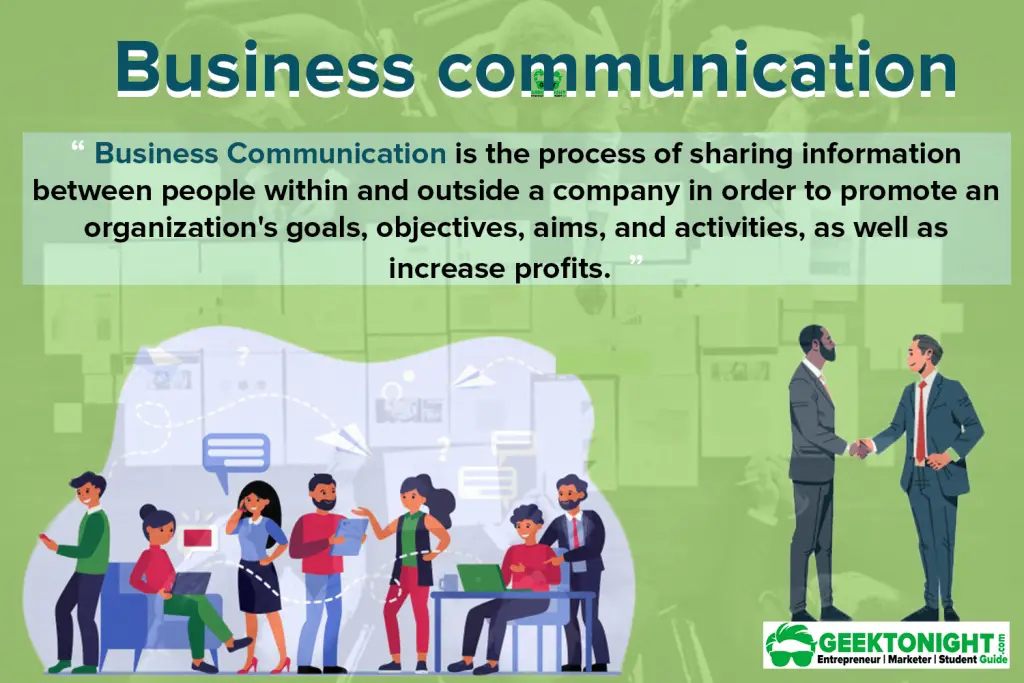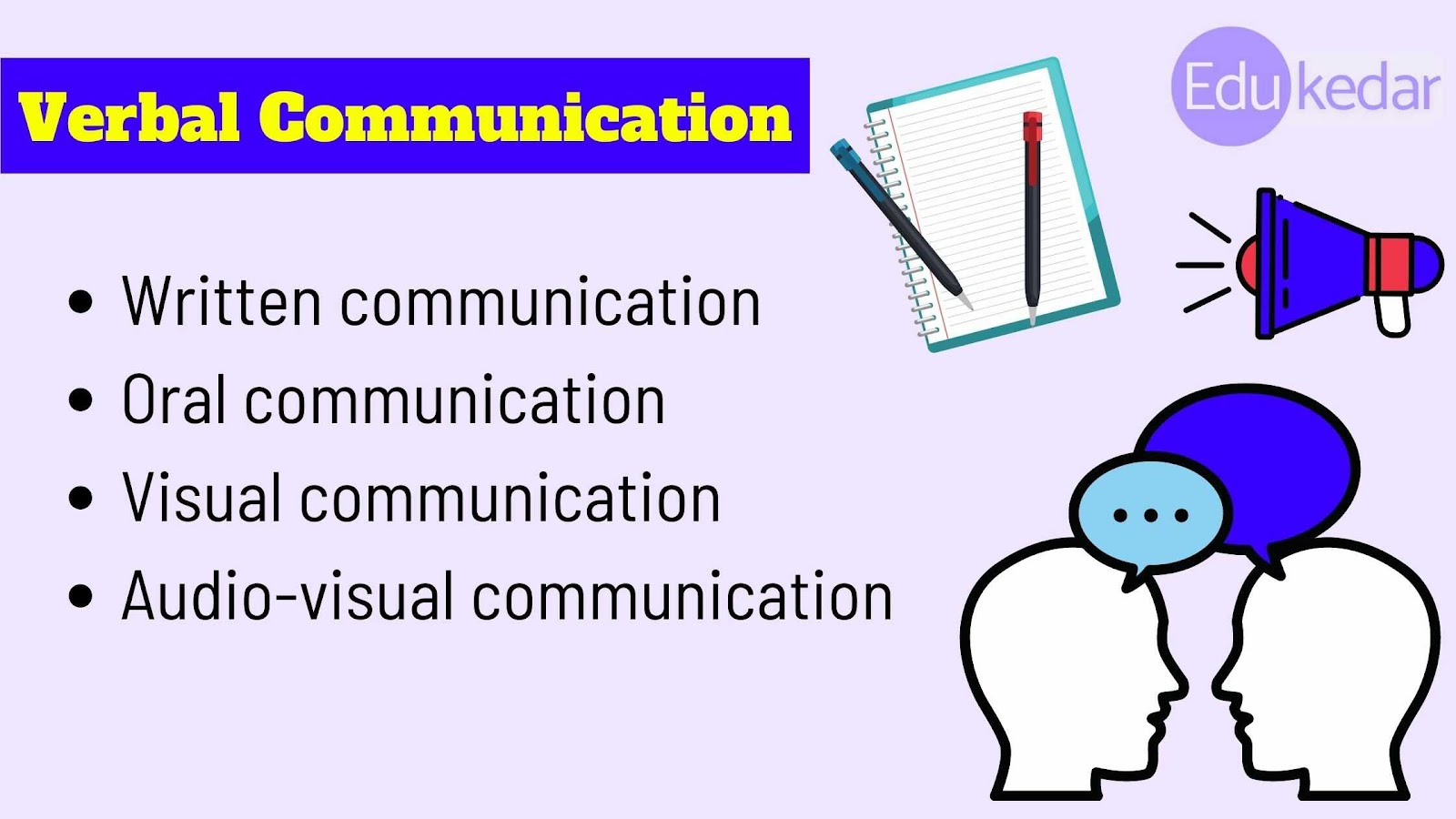Followers
Wednesday, October 25, 2023
parts of speech
Thursday, October 19, 2023
The future perfect
Past perfect tense :-
Wednesday, October 18, 2023
present perfect Tense
Tuesday, October 17, 2023
simple future
The simple past tense
Monday, October 16, 2023
SEC :- unit :- 1.2 Self-awareness:-
Sunday, October 15, 2023
Future
Friday, October 13, 2023
Past continuous tense
SEC Unit :- 1.1 Importance of life skills :-
Thursday, October 12, 2023
Continuous present tense,
4.2 The Accursed House" by Emile :-
The Accursed House" by Emile :-શાપિત, તિરસ્કરણીય.
GaboriauVimcomte inherit his Grand uncle’s property and being man of principals, decides to reduce the exorbitant અતિશય rent charged by his uncle. With good intentions, he hopes to win his tenants’ભાડૂતો hearts. But, he surely misunderstood his tenants’ when they learn of their new landlord’ s benevolence.ઉદારતા
They doubt that there must be something terribly wrong with the building. In no time, rumours of the building being dilapidated જર્જરિત, haunted ભૂતિયા and bearing સહન illegal activities start spreading like fire in jungle. People even brand him as a criminal hiding something suspicious શંકાસ્પદ in the building. His reputation dwindles ઘટે છે. Poor Vimcomte, who set out to do a charity work is blamed for bringing bad name and ill-luck દુર્ભાગ્ય to his illustrious પ્રસિદ્ધ family.
_____________________________________
This seems entirely true of this world. People cannot digest any unsolicited(not asked for) favour. An innocent action creates deadly Tsunami, the charity is unheeded ધ્યાન ન આપ્યુ.
Irony કટાક્ષવચન is indeed a companion સાથી of innocence. Nobody can believe that the other person’s intentions are well and he doesn’t want anything in return for a good deed. Possibly, no one believes you to be so good that you can do someone a favour without any hidden motive. Human mind has become so accustomed ટેવાયેલું to the filth ગંદકી, that anything clean evokes suspicion of being unhealthy.
The accursed House is a sharp sarcasm on the society, exposing people’s shallow understanding arising from their poor mentality, coloring their judgment, confusing their sense of good or bad. A good attempt to bring out the audaciousness હિંમત of people in a humorous, playful way with excellent command on train of thoughts.
4.3The Tell-Tale Heart" by Edgar Allan Poe:
Wednesday, October 11, 2023
4.4 Writing for the web
4.3 Formal letters
4.2 Salient Points of Sentence Construction
4.1 Elements of Effective Writing
4.1 "A Retrieved Reformation" by O. Henry
BCA 2.4 Itra-personal, inter-personal, and group communication:-
BCA 2.3 Barriers and Strategies of Communication
BCA 2.2 Personal ,Social and Business communication
BCA 2 .1Verbal and Non-verbal ( Spoken and Written) :-
Monday, October 9, 2023
3.4 Using Web Resources :-
3.3 SQ3R
3.2Understanding and Skimming the Text
Sunday, October 8, 2023
A Retrieved Reformation" by O. Henry:
The Selfish Giant" by Oscar Wilde :-
The Diamond Necklace
Saturday, October 7, 2023
reading comprehension
4.3 Resume and Cover letter
Resume as writing skill: A resume is like a snapshot of your work . It's a document that lists your education, work experience, skills,...
-
1.3 Modes of Communication :- Introduction :- Communication is how people share thoughts, ideas, and feelings with each other, ...
-
1.1 Theory of communication :- Introduction:- Communication is the process of sharing information, thoughts, ideas, or feelings between i...
-
1.5 Importance of communication :- Introduction :- Communication is how we talk to and understand each other. It's a crucial part of o...



































